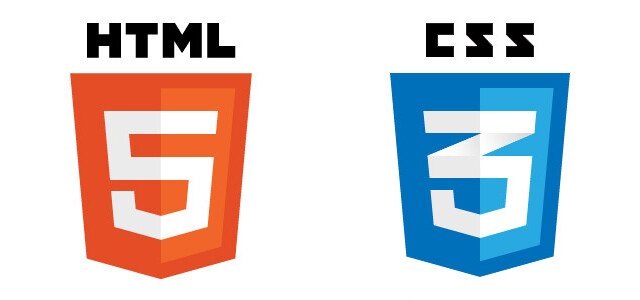Building websites that are standards compliant has always been one of the driving factors for the success of all that JI Creatives does. From start to finish, each line of code needs to be checked and confirmed that everything conforms to the latest, recognized standards to make sure that websites are backwards and forwards compatible.
For a while now, here at JI Creatives, we have taken notice of how many designers are reluctant to embrace the new technologies such as CSS3 or HTML5 because of the lack of full cross-browser support for these technologies. Many designers are complaining about the numerous ways how the lack of cross-browser compatibility is effectively holding us back and tying our hands – keeping us from completely being able to shine and show off the full scope of our abilities in our work. Many are holding on to the notion that once this push is made, we will wake to a whole new Web – full of exciting opportunities just waiting on the other side. So they wait for this day. When in reality, they are effectively waiting for Godot.
Just like the elusive character from Beckett’s classic play, this day of full cross-browser support is not ever truly going to find its dawn and deliver us this wonderful new Web where our work looks the same within the window of any and every Web browser. Which means that many of us in the online reaches, from clients to designers to developers and on, are going to need to adjust our thinking so that we can realistically approach the Web as it is now, and more than likely how it will be in the future.
Sometimes it feels that we are hiding behind the lack of cross-browser compatibility to avoid learning new techniques that would actually dramatically improve our workflow. And that’s just wrong. Without an adjustment, we will continue to undersell the Web we have, and the landscape will remain unexcitingly stale and bound by this underestimation and mindset.
That’s why we always strive to do our best to apply as much HTML5 and CSS3 as we can, without sacrificing support for cross-browser and -platform compatibility.
With most of the modern browser makers taking large strides in supporting these new technologies (including Internet Explorer!), it’s only a matter of time before we can truly expect a better HTML5 and CSS3 experience.
